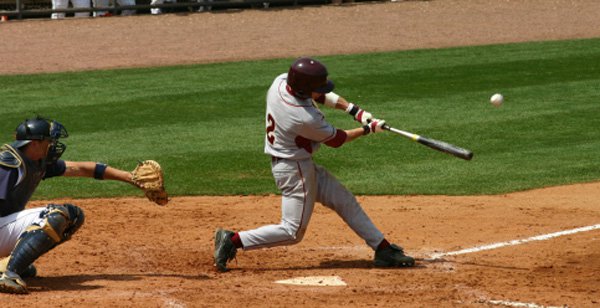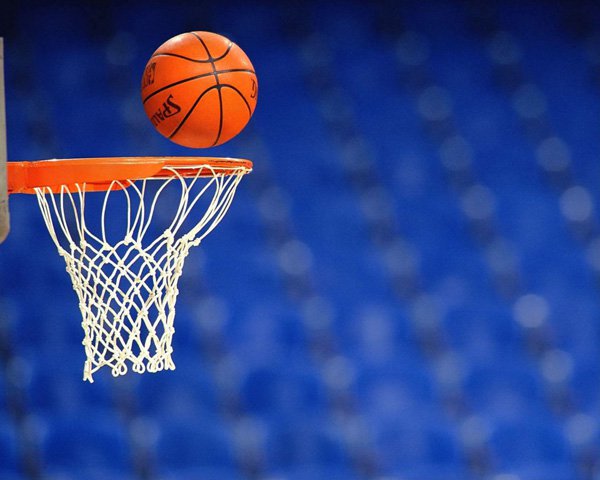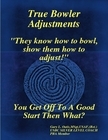
Hard-throwing, dominating, intimidating: throughout the 1960s, no pitcher was as consistently effective as the Cardinal's Bob Gibson.
In a decade loaded with great pitchers, no one won more games in the post-season than Gibson. A power pitcher with great control and a seemingly indestructible arm, Gibson only got better as the decade progressed, and continued his dominance of hitters into the 1970s.
Gibson was called up to the Cardinals in 1959. By 1961, he was a member of the starting rotation, a job he would keep for the next 15 years. The next year he won 15 games with an ERA of 2.81. He had 15 complete games, and he led the majors with 5 shutouts. He also struck out 208 batters that season, and would strike out 200 or more batters in a season 9 times in his career.
Gibson posted 18 victories in 1963. In the Cardinals' championship season of 1964, Gibson won 19 games during the regular season. In the 1964 World Series, he posted two complete game victories, including the deciding seventh game. His performance earned him the Series MVP award. At the end of 1964, Gibson was clearly the Cardinals' ace, and his best years were still ahead of him.
In 1965 and 1966, Gibson won 20 and 21 games, respectively. He was on his way to another 20-victory campaign in 1967 when a Roberto Clemente line drive fractured his leg and sidelined him for the second half of the season.
The Cardinals cruised to the National League pennant even without Gibson, who was able to come back and pitch in the World Series against the Boston Red Sox. In Game 1, Gibson struck out 10 batters and allowed only 6 hits en route to a 2-1 victory. He returned in Game 4, this time giving up only 5 hits in pitching a 6-0 shutout. In the seventh game, he dominated again, taking his third World Series victory by a score of 7-2, with 10 strikeouts while giving up only 3 hits. For the second time in the decade, Gibson was selected as the World Series MVP.
A healthy Bob Gibson no doubt looked forward to pitching a full season in 1968, but he could not have imagined the kind of season he would experience. In leading the Cardinals to another National League pennant, Gibson went 22-9 with a microscopic 1.12 ERA. He led the league in strikeouts (268) and led the majors in shutouts (13), pitching 28 complete games. (The mystery here was how a pitcher with those numbers on a championship team could lose even 9 games.) He won both the Cy Young and Most Valuable Player awards.
In the 1968 World Series against the Detroit Tigers, Gibson struck out a record 35 batters in 27 innings pitched. He won his initial 2 starts in that Series, though he lost a Game 7, only the second World Series loss of his career. It would be Gibson's last World Series appearance.
Gibson closed out the 1960s by going 20-13 in 1969, with an ERA that "ballooned" to 2.18. His last 20-victory season was 1970, when 23-7 earned him his second Cy Young award. In his 17-year career, Gibson won 251 games and registered over 3,000 strikeouts. He also pitched 56 shutouts and won 9 Gold Gloves.
Gibson finished as the Cardinals' career leader in nearly every pitching category, including victories, complete games (255), games started (482), shutouts (56), and strikeouts (3,117). He was elected to the Baseball Hall of Fame in 1981, his first year of eligibility.
Improve Your Motor Coordination With The Basketball Lessons Houston

TactiPac Revolutionizes IWB Concealed Carry Holsters

Lane conditioning league vs open play

Copyright © www.mycheapnfljerseys.com Outdoor sports All Rights Reserved